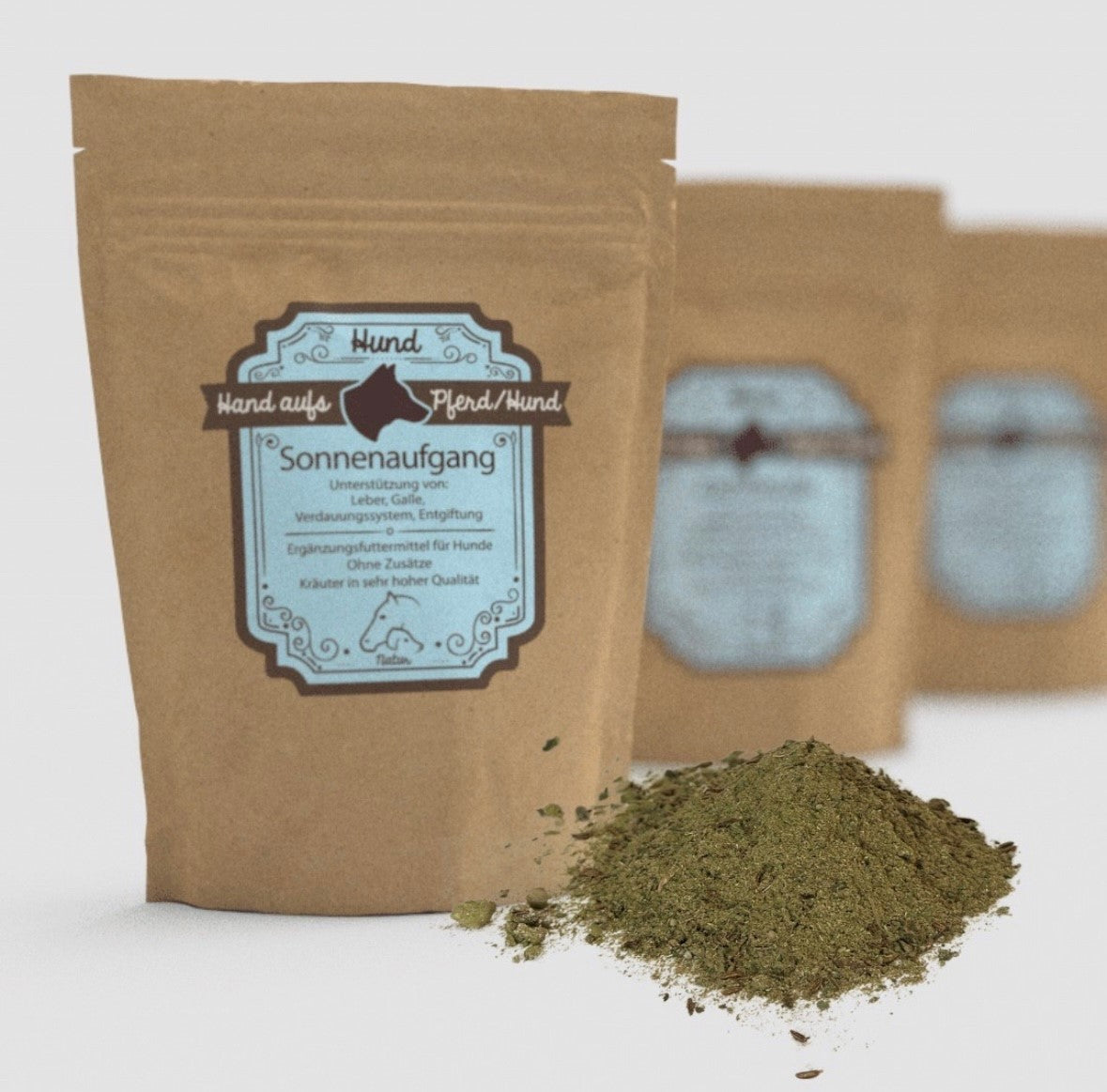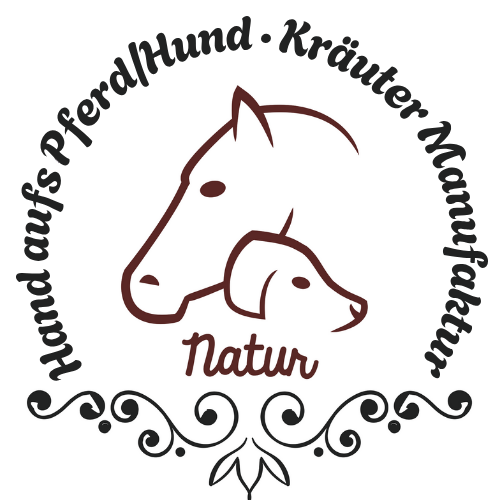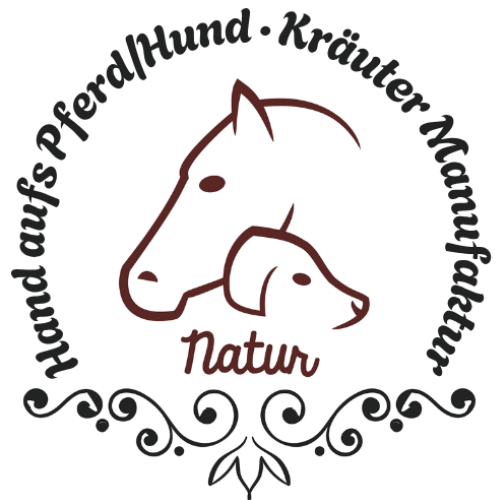
Hot spot in dogs - causes, symptoms and treatment
Hot spot in dogs – causes, symptoms and treatment
A hot spot (also known as acute moist dermatitis ) is one of the most common skin conditions in dogs and often appears suddenly. If your dog begins to vigorously lick, scratch, or bite a specific area, it may be a hot spot. These skin changes can be very uncomfortable and painful for your dog and can quickly worsen if not treated properly. In this article, you'll learn everything you need to know about hot spots, their causes, symptoms, treatment, and how to respond appropriately.
What is a hot spot?
A hot spot is an inflamed, painful area of skin caused by intense licking, biting, or scratching. These areas of skin are often red, warm, oozing, and may emit an unpleasant odor. Hot spots often form in areas that are easily accessible to the dog, such as the neck, hips, behind the ears, or on the legs.
The term "hot spot" refers to the term "hot" or "burning," as the affected areas are painful and warm to the dog. A hot spot can develop within a few hours and grow rapidly, making the situation even more uncomfortable for your dog.
How do hot spots arise?
The causes of hot spots are varied. Often, a hot spot develops due to a combination of external factors and the dog's behavior. The most common triggers are:
-
Parasite infestation: Fleas, mosquitoes, or other insect bites are a common cause of hot spots. A flea bite can cause itching, causing the dog to lick or scratch the affected area vigorously. This leads to inflammation and promotes the development of a hot spot.
-
Allergies: Dogs can be allergic to certain environmental factors such as pollen or grass. Food allergies are also a common cause of skin irritations and hot spots. These allergic reactions lead to severe itching and, in turn, intense licking and scratching.
-
Humidity and moisture: Dogs with thick fur are especially prone to developing hot spots if their fur doesn't dry properly after bathing or a rainy walk. Damp skin provides an ideal breeding ground for bacteria that cause inflammation.
-
Skin injuries: Minor abrasions or scratches can quickly become infected if the dog doesn't allow them to heal. Scratching the affected area aggravates the wound and promotes inflammation.
-
Stress and boredom: Dogs who are stressed or bored often tend to lick or chew excessively on certain parts of their body. This behavior can lead to skin irritation and thus promote the development of hot spots.
-
Hormonal changes: Sometimes hormonal imbalances such as thyroid disease or the breeding season in dogs can also lead to hot spots because they affect skin metabolism.
Symptoms of a hot spot
The symptoms of a hot spot are clearly visible and usually appear suddenly. You should pay particular attention to the following signs in your dog:
-
Redness and swelling: The affected area of skin becomes red, inflamed, and warm to the touch. It is usually also swollen.
-
Moist, weeping skin: The hot spot begins to ooze and forms a moist, often greasy substance. This is an indication of a bacterial infection.
-
Hair loss: The dog often loses fur near the hot spot, which further contributes to wound formation.
-
Itching and pain: Your dog will continually lick, scratch, or bite the affected area. You may also notice that he may be restless or show pain when touching the area.
-
Odor: An infected area of skin can develop an unpleasant, foul odor. This odor is caused by the bacteria that cause the infection.
How do you treat a hot spot?
If you discover a hot spot on your dog, quick action is crucial to minimize pain and the risk of further infection. Here's what to do:
-
Veterinarian visit: A hot spot should always be examined by a veterinarian to ensure there are no serious infections or underlying conditions. Your veterinarian will usually prescribe an anti-inflammatory ointment or a special antibiotic treatment.
-
Prevent further licking and scratching: To prevent your dog from further irritating the skin, it's advisable to put a collar on him. This will prevent him from continuing to lick or bite the area. For particularly stubborn hot spots, a special protective suit can also be helpful.
-
Caring for the affected skin: It's important to keep the affected area clean. You can gently rinse the skin with an antiseptic solution to remove bacteria. Caution: Avoid using harsh cleansers, as these could further irritate the skin.
-
Grooming: If the hot spot occurs in an area with dense fur, it may be helpful to gently trim the fur around the affected area to promote healing. This allows the skin to breathe and dry better.
-
Treating the underlying causes: If the hot spot is caused by parasites, allergies, or other problems, it's important to treat the underlying cause. Regular flea prevention, dietary changes, or testing for allergic reactions are possible measures to prevent future hot spots.
Prevention of hot spots
Preventing a hot spot is the best way to spare your dog unnecessary pain. Here are some preventative measures:
-
Regular grooming: Make sure your dog's coat is brushed regularly and checked for parasites. Dogs with thick or long hair are especially prone to skin irritations.
-
Dry skin: Avoid letting your dog walk around with wet fur after bathing or after rain. Dry him thoroughly, making sure no moisture remains in the coat.
-
Stress reduction: Make sure your dog gets enough exercise, mental stimulation, and social interaction to avoid stress that could lead to excessive licking.
-
Healthy diet: A balanced, allergen-free diet can help prevent skin problems. You should pay particular attention to the quality of the food, especially if your dog is prone to skin allergies.
- Liver health: A weak liver can be responsible for many diseases, including hot spots. We recommend our Liver Herbs for Dogs Sunrise for liver balance.
Conclusion
Hot spots in dogs are uncomfortable and painful, but usually treatable if detected early. Prompt veterinary treatment, preventing further skin irritation, and proper care are crucial to promoting healing. Pay attention to the signs and react quickly—this way, you can help your dog quickly become pain-free and healthy again.
Note: This article is for general information purposes only. If your dog has any health issues, please always consult your veterinarian.
Source: Martina Hemm April 2025
Hand aufs Pferd/Hund Kräuter Manufaktur
Liver Herbs for Dogs - Sunrise



